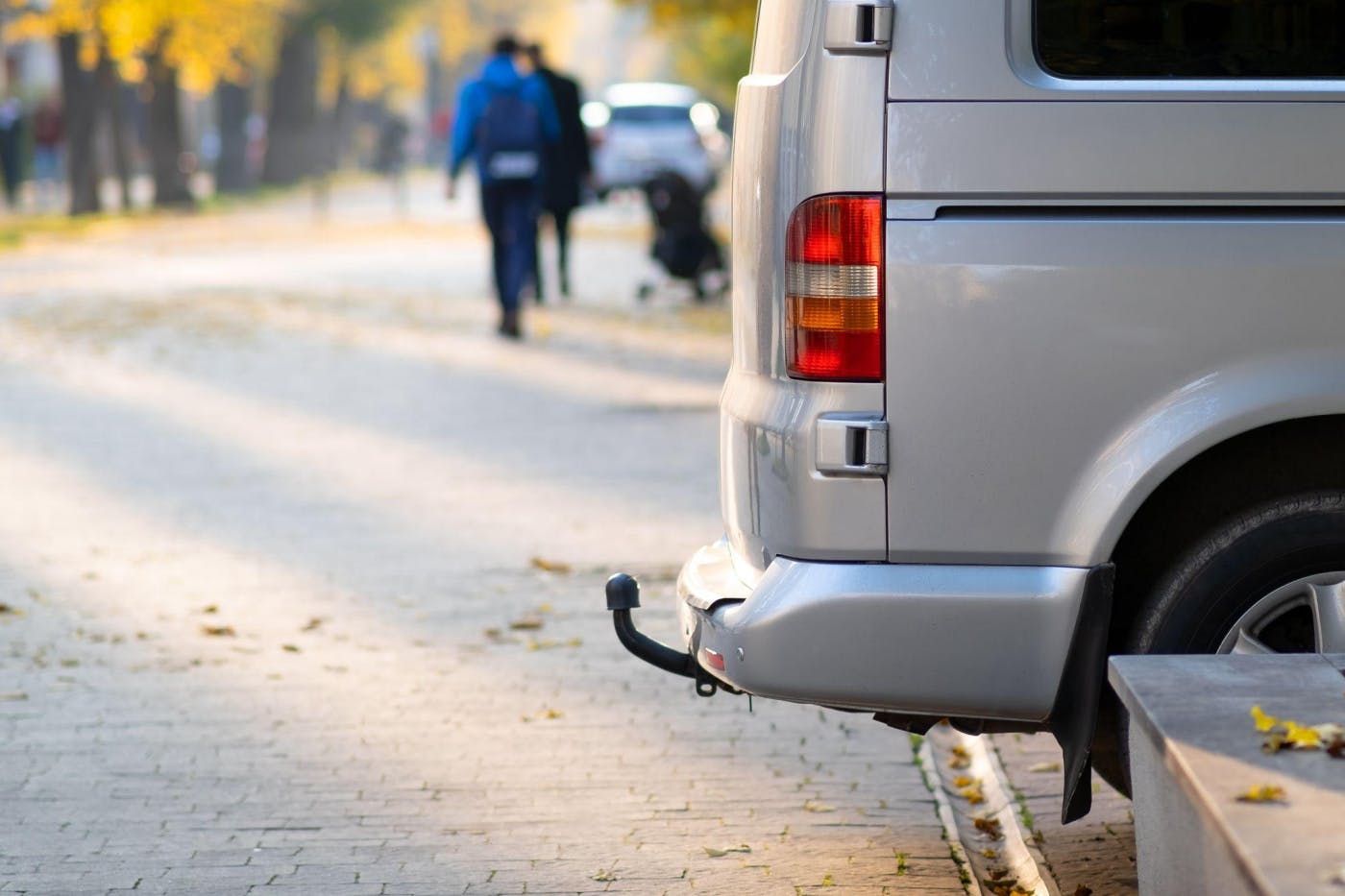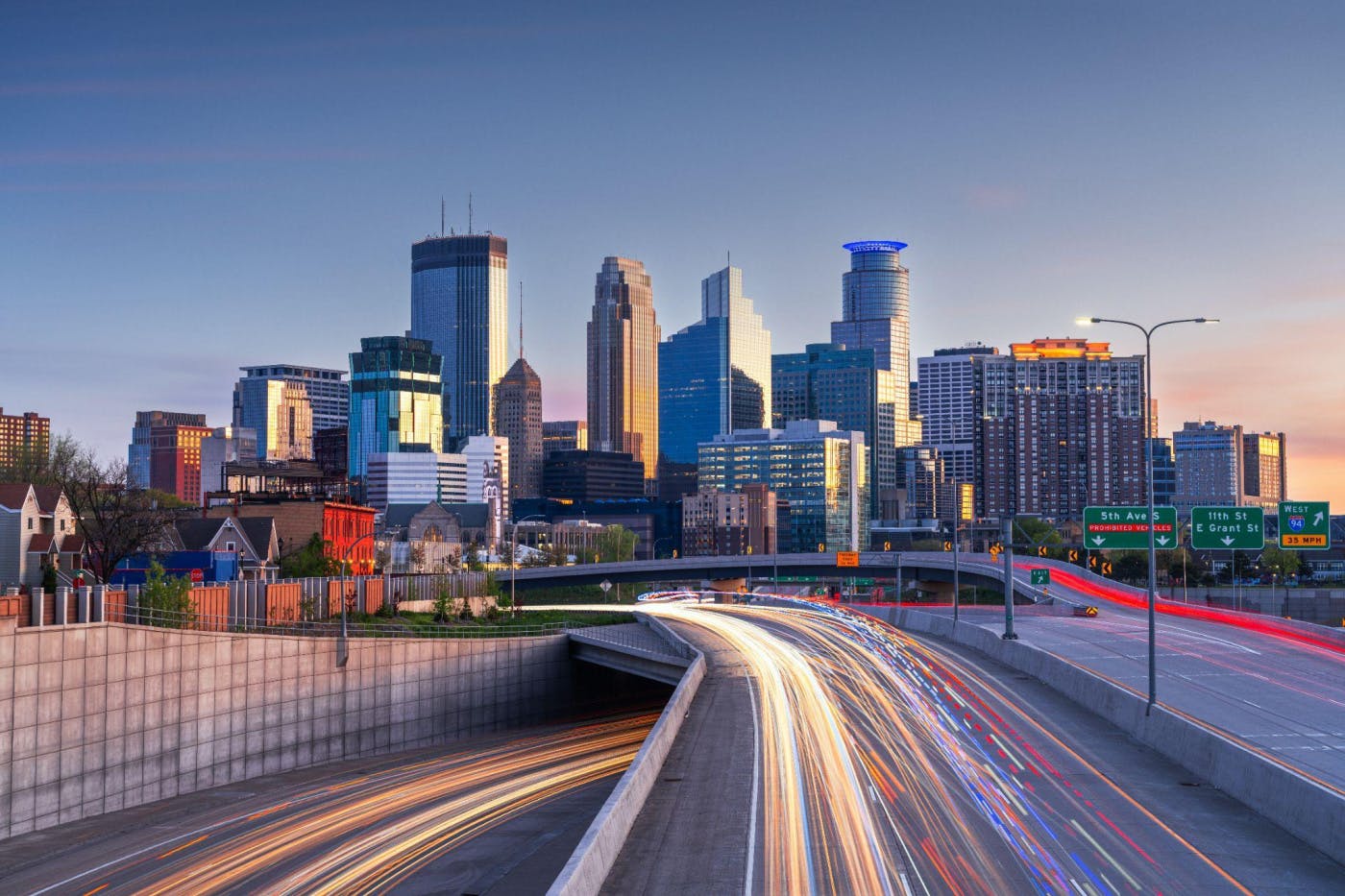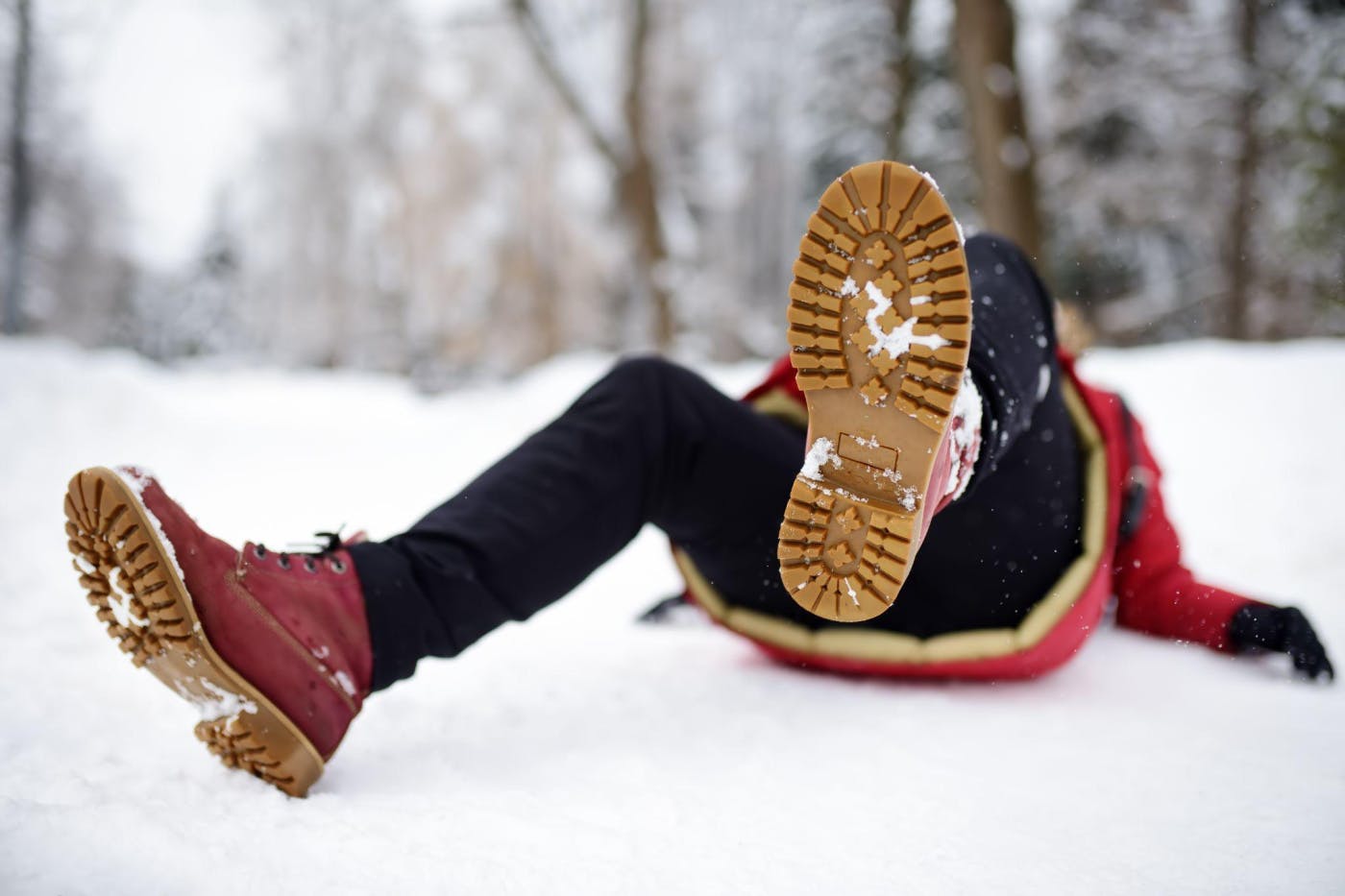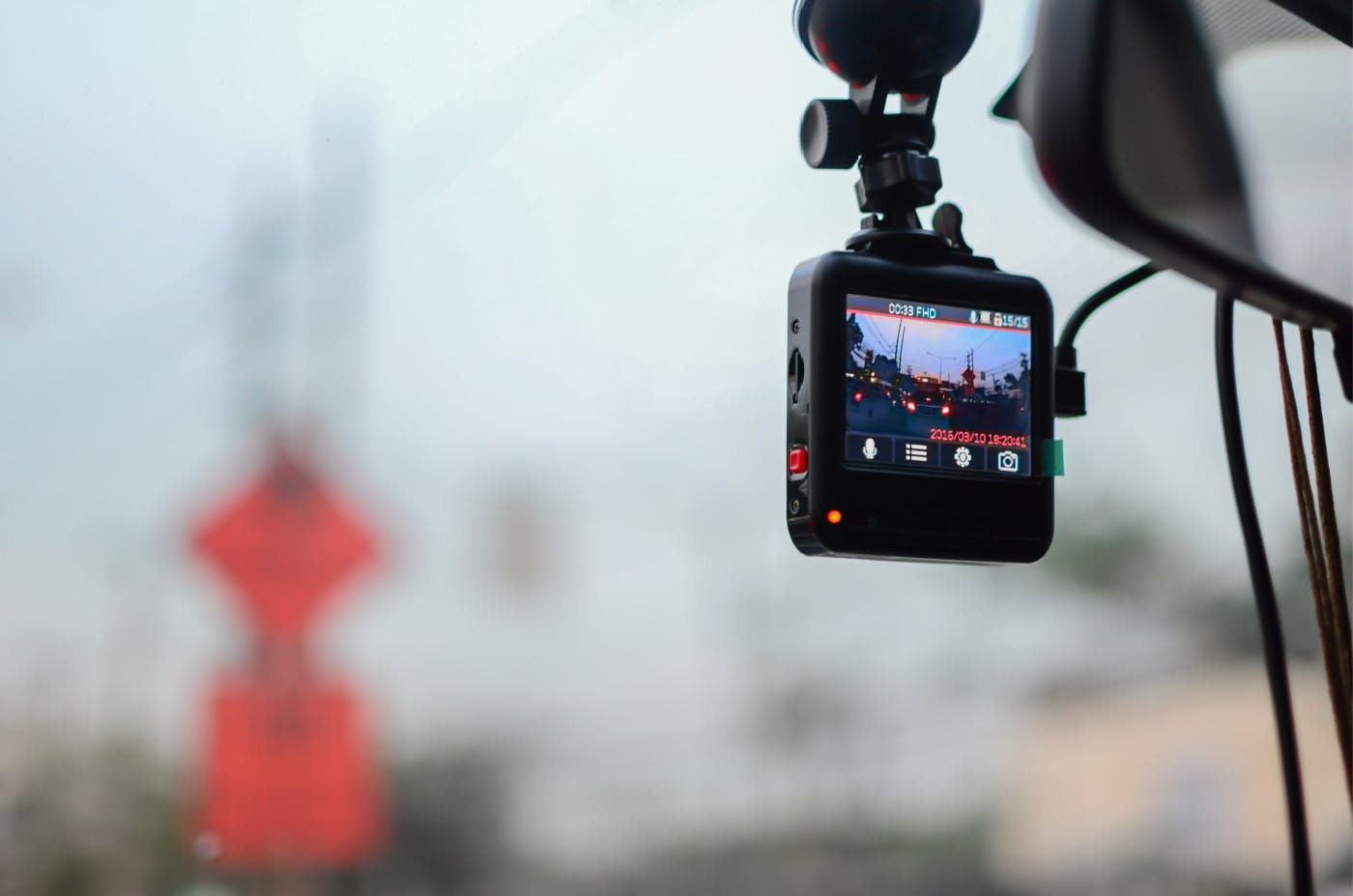12 Winter Driving Tips for Minnesota Weather

Minnesota roads become notoriously dangerous in winter. The ice, snow, and extreme cold that define our cold season present a host of hazards for drivers. Fortunately, taking the proper precautions can help keep yourself and others safer on the road. Here are some tips to keep in mind.












